
The Key Points of the PPWR – And What They Mean for Packaging
Hello everyone,
Have you heard about the new Packaging and Packaging Waste Regulation (PPWR)? Don’t worry—it sounds more complicated than it actually is, but it’s set to bring major changes. With this regulation, the EU aims to reduce packaging waste and improve recycling. Sounds reasonable, right? But what does this mean in concrete terms for businesses—from food producers and online retailers to the butcher around the corner?
If you’d like to read the official text, you can find the PPWR PDF directly on the EU’s website. But since the regulation isn’t exactly light reading, we’ve put together a practical summary for you.
Let’s go through the key points of the PPWR regulation together—with real-life examples and ideas on how to implement the new requirements smartly.
1. More Recycling, Less Waste
Less waste, more reuse—that’s the heart of the PPWR. Packaging must be designed so it can easily be reused or recycled after use.
Example:
A fresh food producer has been using plastic composite films to keep products fresh. Now, they switch to a paper-based package with a moisture barrier that can be recycled with waste paper. The freshness remains—and the packaging waste shrinks.
NextGenPaper focuses exactly on these kinds of solutions: papers that resist moisture, grease, and more—yet still belong in the paper bin. Sustainable and practical—a true win-win.
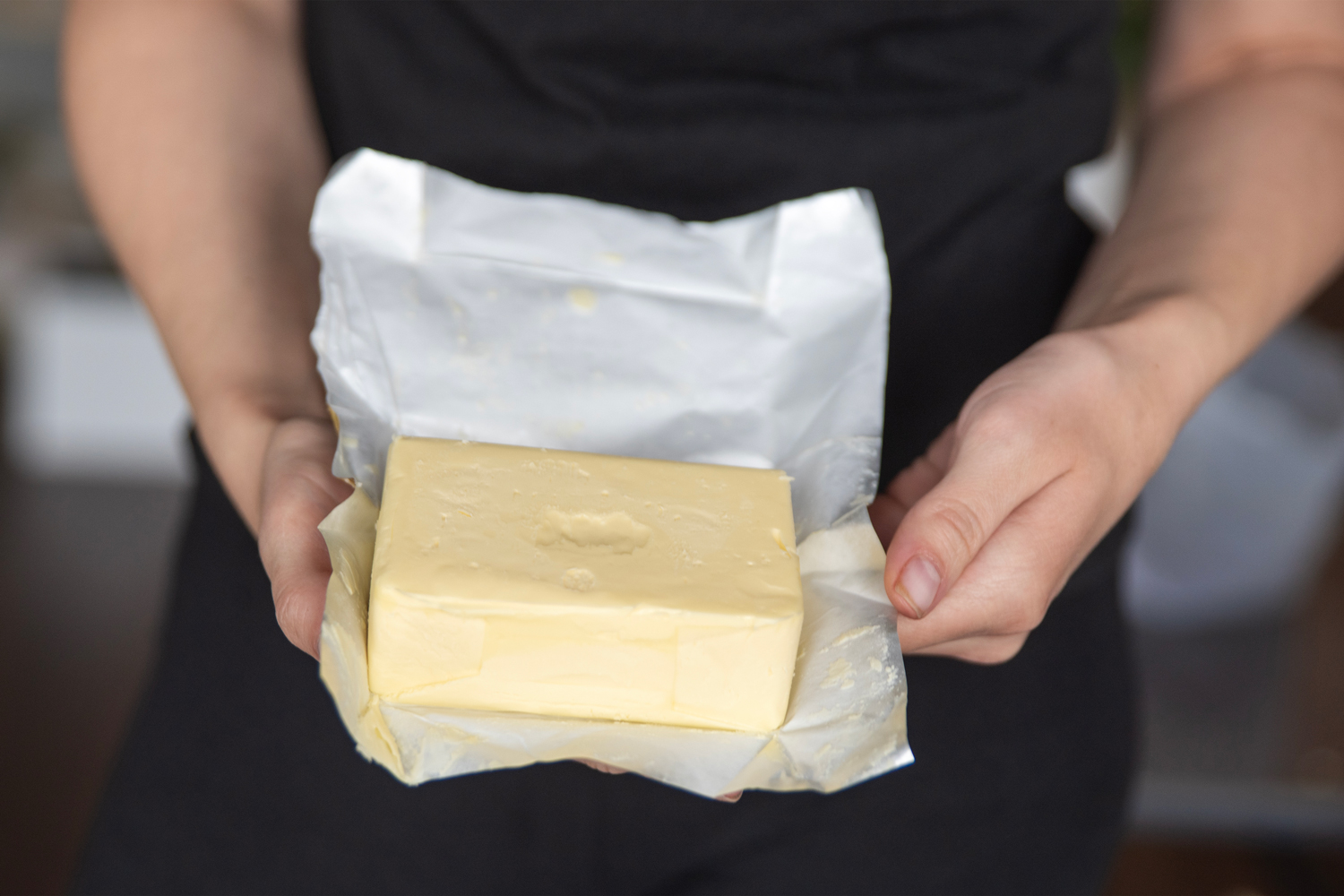
2. Ambitious Recycling Targets
By 2030, 85% of all paper and 50% of all plastic packaging must be recycled. Smart planning gives companies a clear advantage here.
The recycling rate for plastic films is a major challenge, as the required volumes of recycled material aren’t readily available. For paper, it’s a different story—xx% of global paper demand is already met by recycled paper. It’s a supply chain that has worked reliably for decades.
Example:
A confectionery manufacturer has cracked the code: instead of plastic, they now use barrier-coated paper. It protects their chocolates just as well—and the packaging ends up in the paper bin after enjoying the treat.
Bonus: This sustainable solution is a great marketing message too.
Recyclability? Check!

3. Less Unnecessary Packaging
You know the drill—a tiny product in an oversized box stuffed with plastic bubble wrap. That’s about to end! The PPWR demands: less packaging and less plastic.
Example:
An online retailer rethinks its approach: their new shipping boxes are smaller, and the filler is made from shredded recycled paper. This saves space, weight, and the environment.
Sometimes, it doesn’t take complex solutions—just the right materials. NextGenPaper is developing paper-based cushioning bags that offer both protection and sustainability—without unnecessary extras.
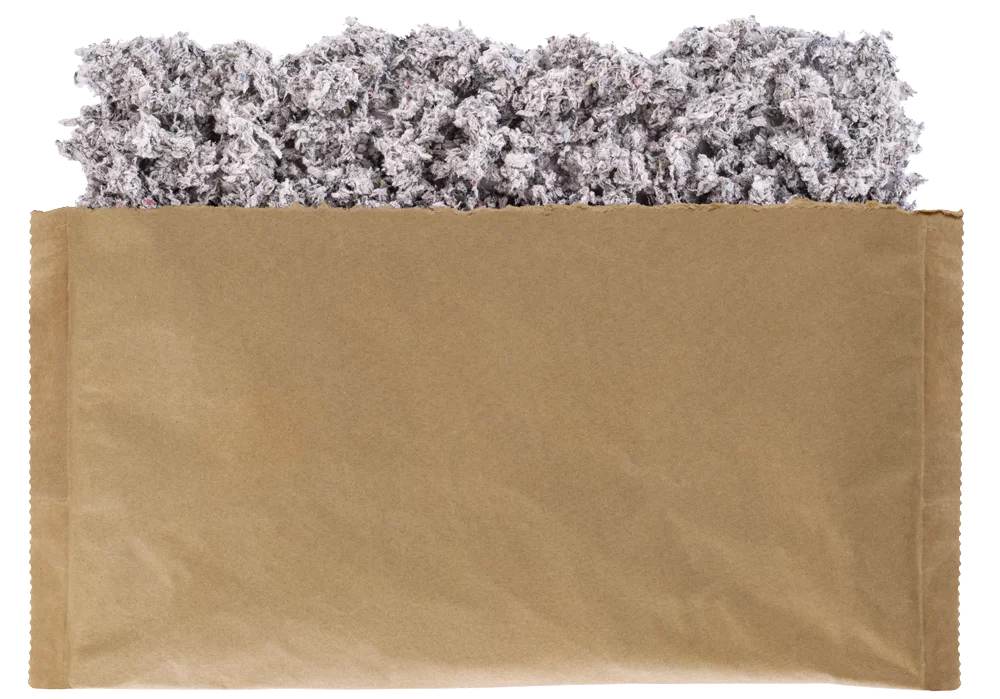
4. Ban on Plastic-Coated Wrapping Papers
Plastic-coated wrapping paper at the fresh food counter? Soon a thing of the past. Especially in foodservice and retail, sustainable alternatives are in demand.
Example:
A butcher is done with plastic wraps for their cold cuts. They now use grease-resistant paper that protects the product just as well—but ends up in the recycling bin. Customers love it—and so does the planet.
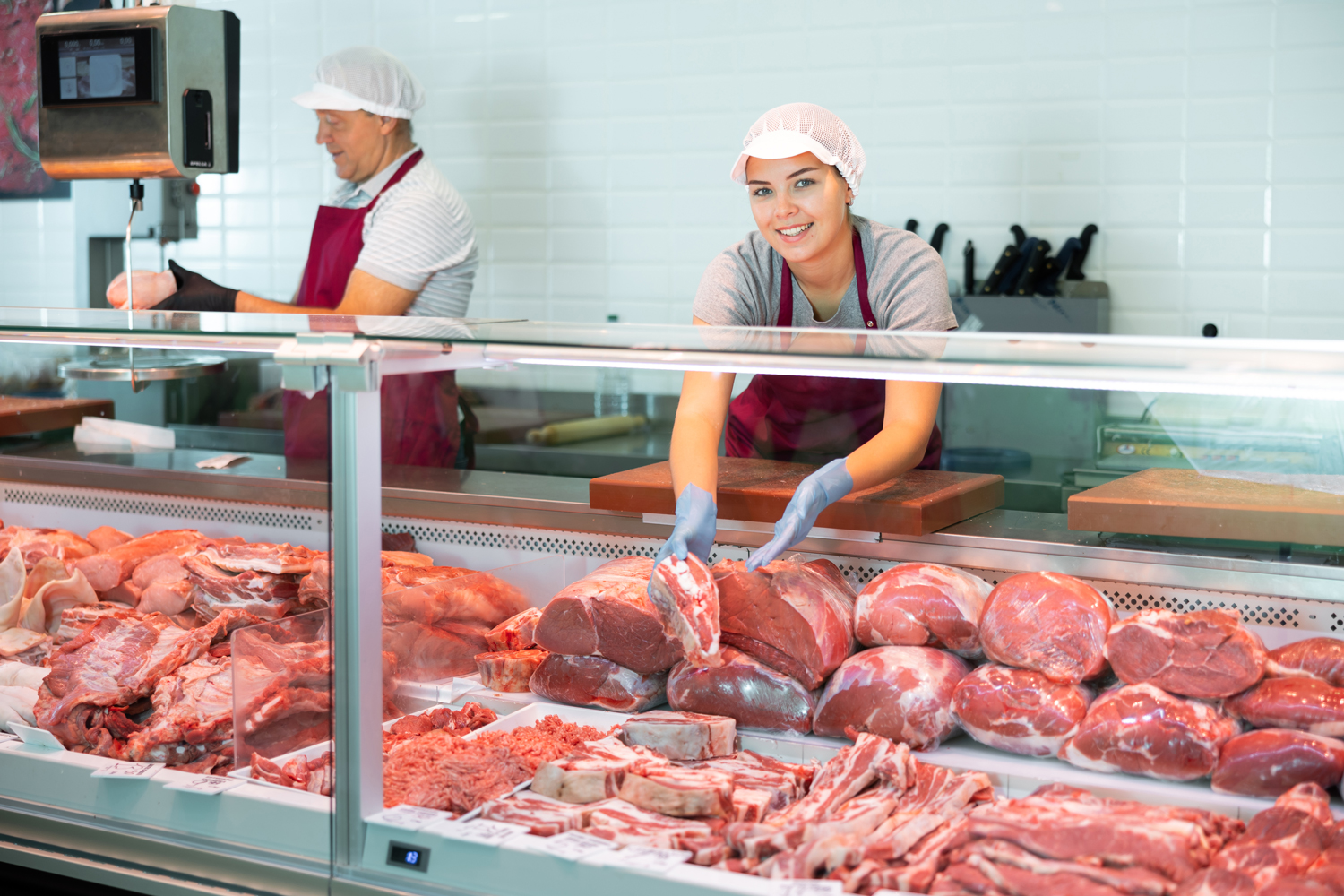
5. More Recycled Content in Packaging
Where plastic is still necessary, the share of recycled content must increase. This can be challenging, as the needed volume of recycled plastic isn’t always available. Or you just avoid plastic altogether.
Example:
A gourmet food company wanted to package flavorful spreads without plastic, but still protect the product. The solution: paper-based packaging with an oxygen barrier, preserving the aroma while remaining recyclable.
The result? Fresh products and easy recycling.
Solutions like those from NextGenPaper offer a real alternative: high-performance papers with protective barriers reduce plastic – without compromising on product safety.
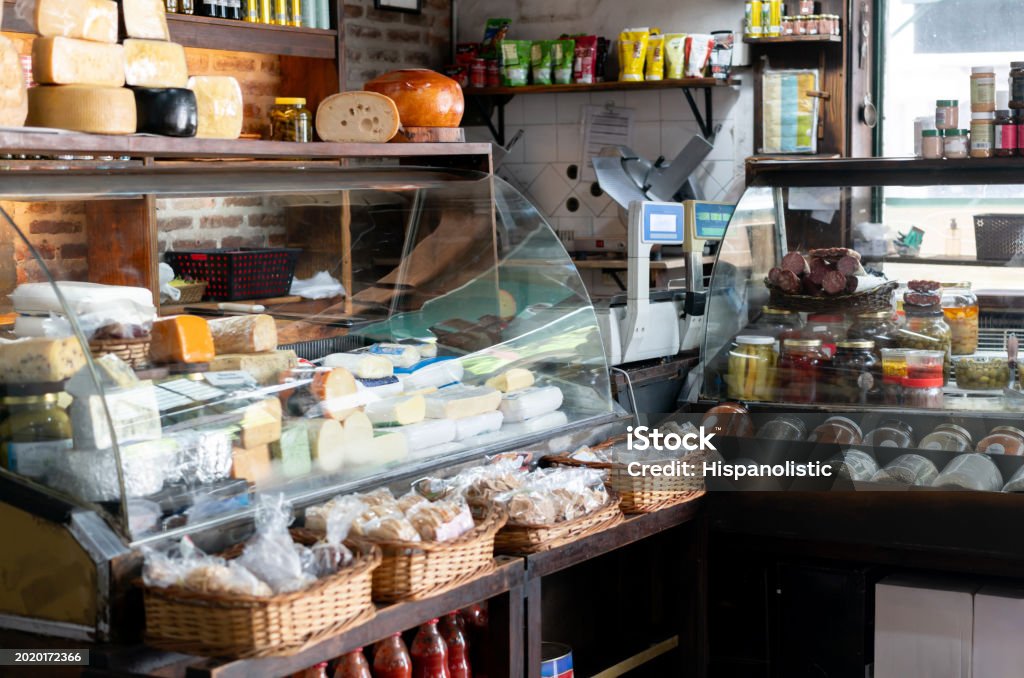
6. Clear Labeling for Consumers
From now on, packaging must speak clearly. Consumers should immediately know where to dispose of it. This is also crucial for automated waste sorting. A standardized EU-wide recycling label has long been requested by the recycling industry.
Example
A retail chain commits to transparency: all pure paper packaging in their stores now carries a clear label: “Recyclable: Waste Paper.”
No more guesswork – recycling becomes effortless for consumers.
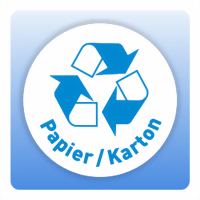
7. New Requirements for E-Commerce
E-commerce must rethink its packaging: less material, optimized sizes, minimized plastic. No unnecessary outer boxes.
Example:
A toy retailer now ships small parts in paper-based mailers – sturdy, lightweight, and – you guessed it – recyclable.
Shipping becomes more efficient, plastic use goes down.

8. More Responsibility for Producers
Those placing packaging on the market must not only pay for recycling but also contribute to litter clean-up costs. Sustainable solutions pay off – twice over.
Example:
A drugstore chain switches to moisture-resistant paper packaging for their private-label products. This saves plastic and lowers waste disposal fees – a smart move that also resonates with customers.
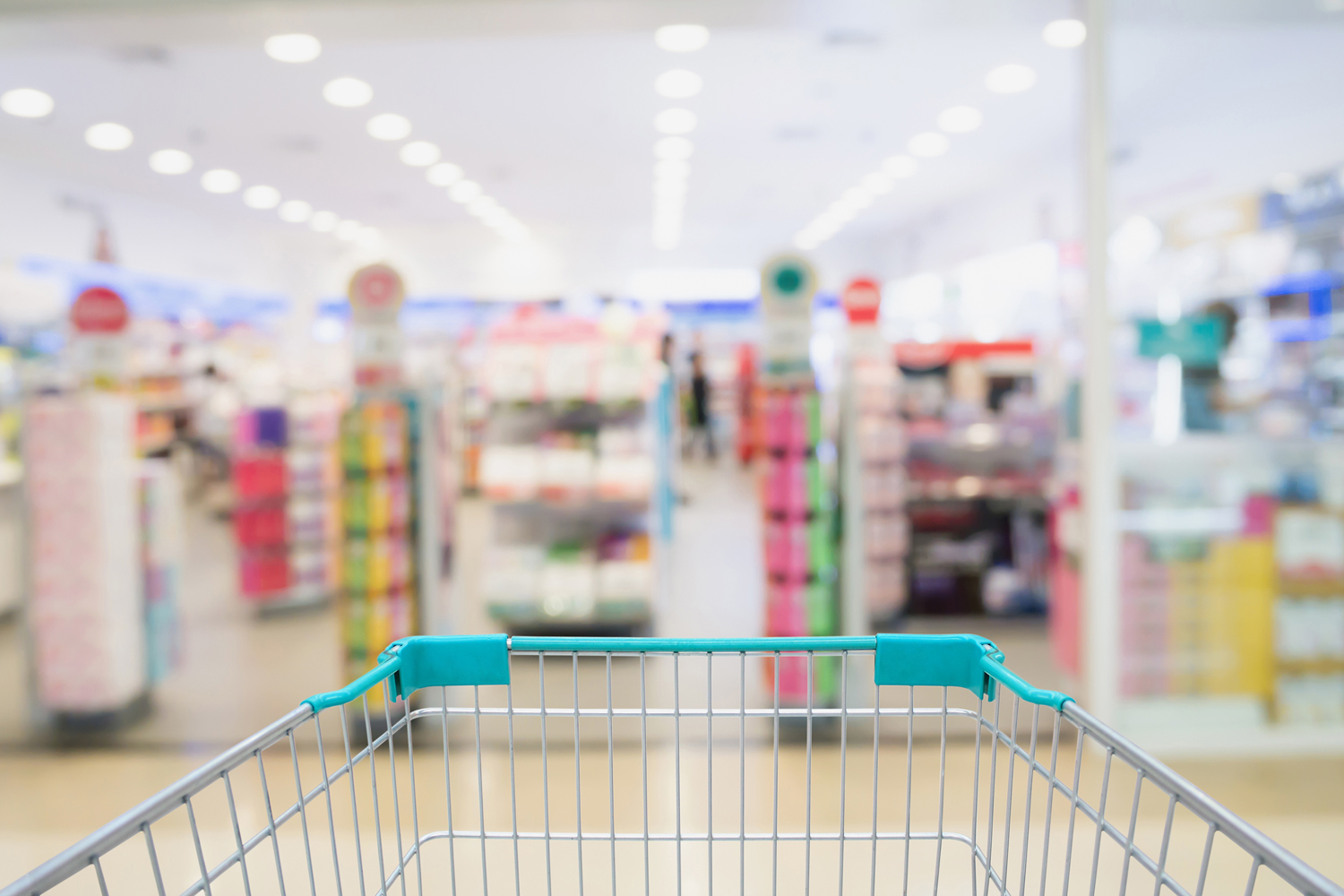
9. Nachhaltigkeit als Wettbewerbsvorteil
Sustainability is becoming a selling point. Companies that switch now will not only stay compliant, but also win consumer trust. Many organic brands report that their customers expect this.
Example:
A well-known organic brand uses premium tree-free paper packaging with a water-repellent coating. It underlines the brand’s premium image – and proves that luxury and sustainability can go hand in hand.
NextGenPaper offers exactly these kinds of innovative solutions – circular, high-quality, and with that extra something. Perfect for brands that want more than just “a package.”

Conclusion: The Time to Act Is Now
The PPWR 2025 brings major changes – but also huge opportunities. Companies that embrace sustainable packaging now won’t just meet the new standards – they’ll show that they truly care about the environment.
NextGenPaper is already developing the packaging solutions that will become tomorrow’s standard: biocompatible, recyclable, and free from harmful chemicals.
The path to a more sustainable future often begins with one simple decision – and the right material.
Want to learn more about the regulation? Check out Directive 94/62/EC, which forms the legal foundation for the current changes. And for the latest updates, the EU’s PPWR pages are always worth a visit.
What do you think about the PPWR? What challenges do you see in your industry?
We’d love to hear your thoughts – let’s start the conversation!